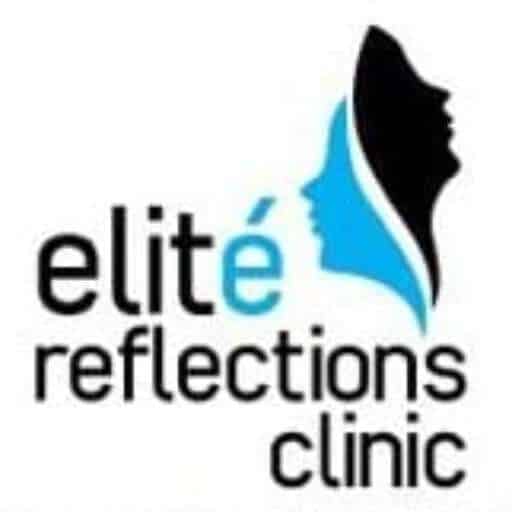Thread lift and neck lift
A thread lift is a minimally-invasive procedure done to correct sagging eyebrows and eyelids, aging neck tissues, and deep furrows between the nose and corners of the mouth, or “nasolabial folds.” It can add volume while elevating certain areas of the face and jowls. The thread lift is sometimes considered a precursory procedure to correct sagging until a standard facelift can be performed, or it can even be used in conjunction with a brow lift, chin lift, neck lift, or facelift to give more support to the lifted areas.
How thread lift is performed ?
A thread lift can be performed under local anesthesia and takes about an hour to complete. A thin, hollow needle is used to place a thread (barbed suture) under the skin and facial tissues. The barbs on the thread snag and attach to underlying tissue in the sagging part of the face and lift the tissue when the thread is drawn up. The upper end of the thread is attached to a higher portion of the face to maintain the lift. Multiple threads are often used depending on how large the area is that needs elevation.
Throughout the procedure patients can give feedback to their surgeons by looking in a mirror and describing if they feel particular areas need more lift. The plastic surgeon can then attach more threads to these areas.
The Threads
A different form of thread lifts were performed in the early years of plastic surgery but with varying results. Technology has allowed for new developments in the types of threads available, and the contemporary threads provide improved results. Depending on your individual needs, your surgeon will determine the best design of thread to use for your lift.
The three types of thread lifts available presently are the Contour Thread Lift, the Aptos Threadlift, and the Gold Threadlift. The contour thread is made of a clear polypropylene material with tiny barbs that open and grasp the tissue when pulled. A lift with this thread is firmly implanted and stationary to the area it is initially placed. This lift is slightly more limited because the thread can only be pulled in one direction for the surgeon to lift an area of the face. The aptos thread is more versatile for certain applications because it is bidirectional. The gold thread is made of 24-carat gold
Ideal Candidates
Procedure Information
Duration: |
1-2 hours |
Hospitalization: |
Nil |
Recovery Period: |
2 weeks |
Anesthesia |
Local anaesthesia |
Recovery: |
The recovery time for a thread lift is about half the time of traditional face lift procedures and can be as little as two to three days. During the recovery period physical activity should be limited as much as possible to reduce the risk of the threads slipping out of places. |
Frequently Asked Questions
Can patients with ethnic skin have a threadlift
Interestingly, some of the best candidates for the thread lift procedure are Asian and African-American patients. This is because ethnic skin tends to be slightly thicker and better protected from elastosis (thinning of the skin due to sun exposure).
Can patients with thin skin have a threadlift?
In patients with very thin skin due to genetics, advancing age or solar elastosis (sun exposure), the threadlift may not be the initial (or primary) treatment for facial rejuvenation. This situation is more commonly noticed in Caucasian patients.
However, the effects of solar elastosis and advanced skin aging can be reversed using a combination of non-surgical modalities. For example, with a combination of Tehrmage and Photodynamic Therapy (PDT). Similarly, with the injection of either Sculptra or autogenous fat, more volume within the soft tissues can be added, enabling these patients to become threadlift patients
Which areas of the face can be lifted with the threadlift technique?
The threadlift procedure is most commonly performed to raise the cheeks and jowls. Improvements in the nasolabial fold, meliolabial fold, jowling, nasojugal trough (tear trough) and infraorbital hollow are seen with the typical threadlift. Also, tightening of the neck occurs simultaneously.
In selected individuals, the threadlift procedure can be used to lift the eyebrows, turn up the corners of the eyes, raise the corners of the mouth, and lift loose neck skin.
Could I have an allergy to the threads that are used?
The threads are made of polypropylene – this has been used as a surgical suture material for about 30 years. It is a permanent suture material and, to the best of my knowledge, there has never been a report of an allergic reaction to the material.
Will I be able to feel the threads?
There is a difference between short-term and long-term palpability (ability to feel the threads).
Immediately following the procedure, there is some swelling around the threads. This swelling is not visible, but it does make the thread feel “thicker”. Therefore, you may be able to temporarily “feel” some of the threads. After one month, the swelling should be completely resolved. Additionally, after 4-6 weeks, your body forms a sheet of collagen fibers around the thread, essentially incorporating the thread into your tissues. At this point, 95% of the threads inserted are not be palpable.
However, about 5% of threads are able to be palpated distally (close to the nasolabial fold) after complete healing has occurred. This appears to be due to distal thread migration. Sometimes patients notice this as a “pimple-like” sensation under the skin. In many cases, this can be resolved with appropriate soft-tissue massage.
Note: In the hands of an inexperienced surgeon, superficial thread placement can result in threads which are able to be easily felt (and potentially seen) along their entire course beneath the skin. The appropriate treatment for this is removal of the offending thread




